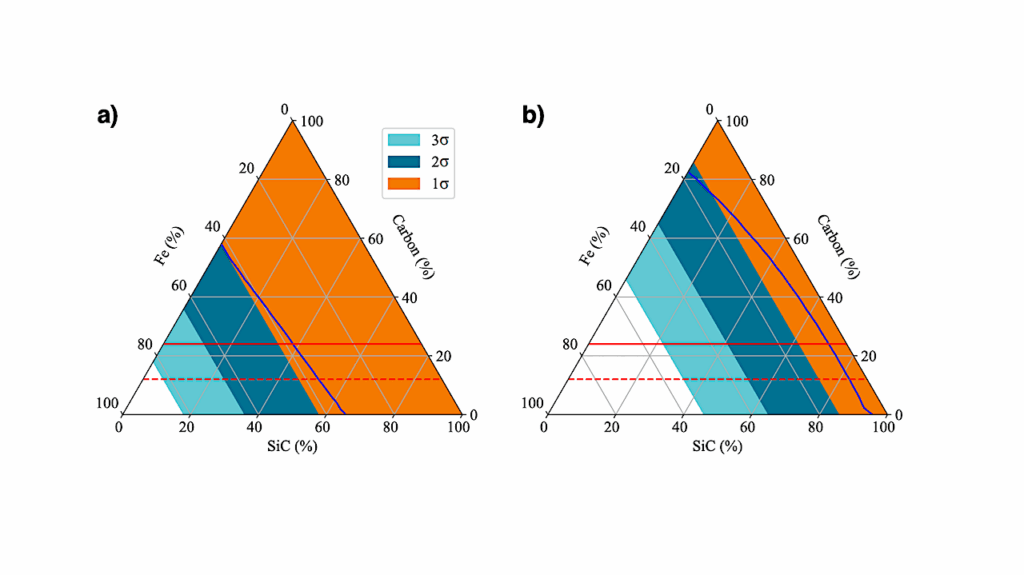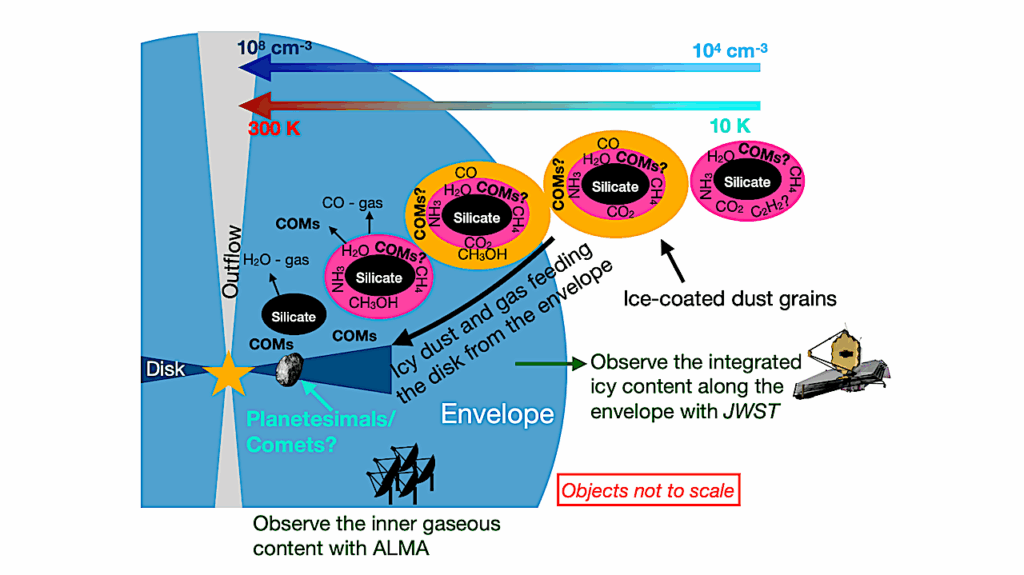L 98-59: a Benchmark System of Small Planets for Future Atmospheric Characterization

L 98-59 is an M3V dwarf star that hosts three small (R < 1.6 Earth radii) planets. The host star is bright (K = 7.1) and nearby (10.6 pc), making the system a prime target for follow-up characterization with the Hubble Space Telescope (HST) and the upcoming James Webb Space Telescope (JWST).
Herein, we use simulated transmission spectroscopy to evaluate the detectability of spectral features with HST and JWST assuming diverse atmospheric scenarios (e.g., atmospheres dominated by H2, H2O, CO2, or O2). We find that H2O and CH4 present in a low mean-molecular weight atmosphere could be detected with HST in 1 transit for the two outermost planets, while H2O in a clear steam atmosphere could be detected in 6 transits or fewer with HST for all three planets. We predict that observations using JWST/NIRISS would be capable of detecting a clear steam atmosphere in 1 transit for each planet, and H2O absorption in a hazy steam atmosphere in 2 transits or less.
In a clear, desiccated atmosphere, O2 absorption may be detectable for all three planets with NIRISS. If the L 98-59 planets possess a clear, Venus-like atmosphere, NIRSpec could detect CO2 within 26 transits for each planet, but the presence of H2SO4 clouds would significantly suppress CO2 absorption. The L 98-59 system is an excellent laboratory for comparative planetary studies of transiting multiplanet systems, and observations of the system via HST and JWST would present a unique opportunity to test the accuracy of the models presented in this study.
Daria Pidhorodetska, Sarah E. Moran, Edward W. Schwieterman, Thomas Barclay, Thomas J. Fauchez, Nikole K. Lewis, Elisa V. Quintana, Geronimo L. Villanueva, Shawn D. Domagal-Goldman, Joshua E. Schlieder, Emily A. Gilbert, Stephen R. Kane, Veselin B. Kostov
Comments: Submitted to AJ
Subjects: Earth and Planetary Astrophysics (astro-ph.EP)
Cite as: arXiv:2106.00685 [astro-ph.EP] (or arXiv:2106.00685v1 [astro-ph.EP] for this version)
Submission history
From: Daria Pidhorodetska
[v1] Tue, 1 Jun 2021 18:00:02 UTC (11,541 KB)
https://arxiv.org/abs/2106.00685
Astrobiology,








